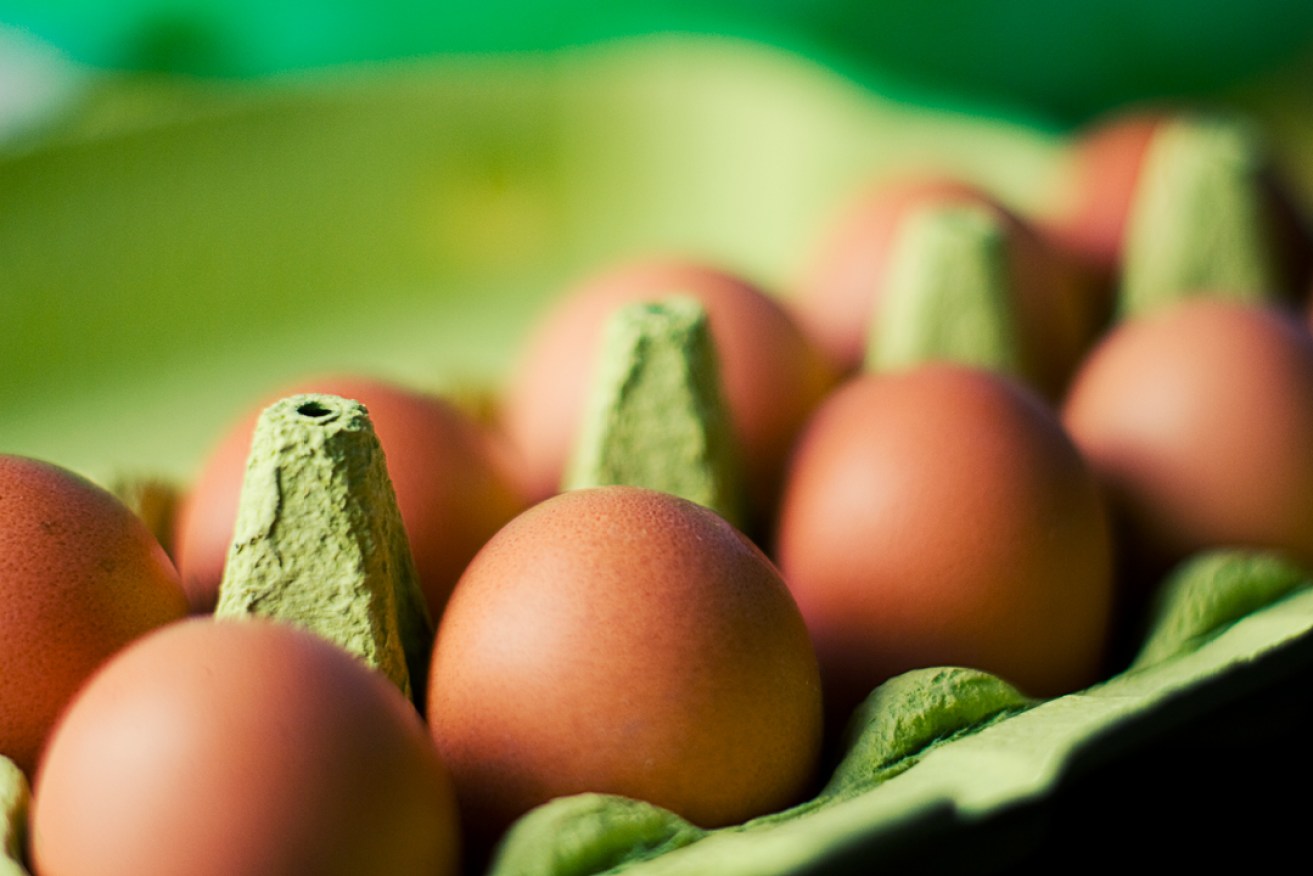How to know what you’re getting when you buy free-range eggs
With one of Australia’s biggest egg producers recently fined for false labelling, Adelaide University researcher Heather Bray looks at how shoppers can find free-range – and ‘cruelty-free’ – eggs.

Last week, egg producer Snowdale Holdings was penalised $1 million for falsely labelling its eggs as free-range. Snowdale, one of the biggest producers in the Australian market, owns brands including Eggs by Ellah, Swan Valley Free Range and Wanneroo Free Range.
Given the significantly higher prices generally charged for free-range eggs, you could be forgiven for having doubts over what you’re getting in the supermarket. Even when egg cartons are legally accurate, the government definition of “free range” might not mean what you think it does.
But you don’t need to shop blind: there are a range of resources that can help you find egg producers that follow best-practise standards, avoid farming practices that concern you and understand what government guidelines really mean.
What’s in an egg label?
Previous research has shown that people buy free-range eggs for a range of reasons, including taste and quality, as well as concern for animal welfare.
But unlike other labels such as nutritional information panels or best-before dates, the “free-range” claim is not regulated by Food Standards Australia New Zealand (FSANZ). In fact, no claims about production methods are subject to this kind of regulation. Food labelling regulation by FSANZ is about what a food contains, rather than how it is produced.

Eggs by Ellah, owned by Snowdale Holdings. Photo: Alpha/Flickr
However, there is an Australian definition of “free-range”, created in March 2016 under Australian consumer law. Essentially, it means that the chickens have “meaningful and regular access to the outdoors” and that outdoor stocking densities are no more than 10,000 birds per hectare.
This has been hotly debated, with animal welfare and consumer groups arguing that this is not what most people would consider free-range, while producer groups have supported the standard.
The new regulations also require producers to “prominently disclose” the outdoor stocking density, and we are now starting to see that on packaging.
What does free-range really mean?
In practice, stocking chooks at 10,000 per hectare and giving them regular access to the outdoors might not result in animals that are especially free (or “cruelty-free” – another claim showing up on an increasing number of egg cartons).
For a start, CSIRO has published a code of practice for animal welfare that recommends farmers should have no more than 1500 birds per hectare. If you want to buy from producers that meet that standard, the consumer group Choice has an app called CluckAR that can scan egg cartons in the store and give immediate feedback on the brand’s farming conditions.
Choice also provides a table of free-range egg producers. Reading that table – and from my own discussions with Australian egg producers – it’s clear that price is not a totally reliable indicator of stocking density.
However, stocking density is only one factor in how hens are treated. Some independent certifications have more stringent guidelines. The Australian Certified Organic Standard, as well as specifying a maximum of 1500 birds per hectare for set stocking systems and 2500 for rotational systems, also prohibits practices like withholding feed and water to induce moulting.
Hens naturally moult in autumn, when they lose significant body weight and stop laying eggs while their reproductive tract rejuvenates. For greater control over when hens produce eggs, as well as extending their hens’ laying lives, farmers can induce moulting by reducing their feed, or withholding food altogether for certain periods. Although heavily regulated at the state level in Australia (hens may not go without food entirely for more than 24 hours), it is considered cruel by animal welfare groups.

Photo: mystuart/flickr
Humane Choice (which administers a free-range accreditation system) also recommends a maximum of 1500 birds per hectare. And unlike the government definition of free-range, which calls for “meaningful and regular” access to the outside, Humane Choice standards specify that hens can “forage on the land, move untethered and uncaged”.
Of course, it is important to note that free-range farms are not free of animal welfare issues, such as feather pecking, where hens pull out the feathers of other birds. There are further challenges is managing exposure to weather or predators to consider. Caged-egg producers argue that consumers should be able to choose from a range of production methods.
However, if animal welfare, sustainability, and labelling are things that you are concerned about, then do your own research and identify the products that align with your values. Don’t rely on a label to tell you what is ethical.
Heather Bray is a senior research associate at the University of Adelaide. This article was originally published on The Conversation.




